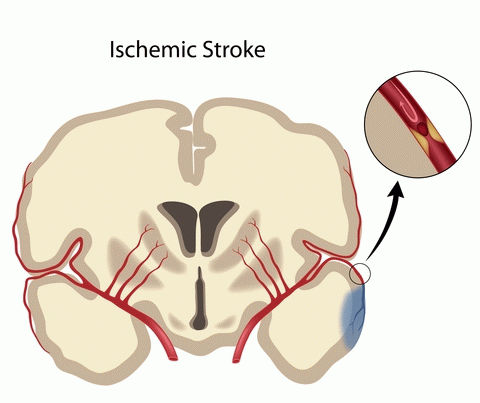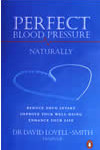A stroke (sometimes called a “brain attack”) happens when blood circulation to the brain fails.

A few minutes without oxygen and important nutrients from the blood can damage or kill affected brain cells. Sometimes cell damage can be repaired and some lost skills regained. However, the death of brain cells is permanent.
Most strokes are caused by a blood clot or narrowing of a blood vessel (artery) leading to the brain. Other strokes are caused by a hemorrhage (bleeding) from an artery.
There are three major types of stroke:
Thrombotic strokes: are caused by fatty deposits (plaques) that have built up in the arteries carrying blood to the brain. This slows blood flow and can cause clots to form on the plaques that narrow or block the flow of oxygen and nutrients to the brain
An embolic stroke: is caused by a blood clot formed in another part of the body that breaks loose, travels through the bloodstream, and blocks an artery carrying oxygen and nutrients to the brain. When traveling through the body the blood clot is called an embolus
A hemorrhagic stroke: is caused when an artery supplying blood bleeds into the brain. The broken blood vessel prevents needed oxygen and nutrients from reaching brain cells. One type of hemorrhagic stroke is caused when an artery that has weakened over time bulges (called an aneurysm) and suddenly bursts
What are Transient Ischemic Attacks (TIAs)?
Transient ischemic attacks are episodes in which the symptoms of a stroke develop, but then disappear within a few minutes of a few hours. TIAs may be a warning that a permanent stroke could occur.
It is very important to call an ambulance whenever
you experience any stroke symptoms.
Most TIAs are caused by partial blockage of arteries in the neck. As small blood clots attempt to pass through these partially blocked carotid arteries, they may become temporarily lodged in that area, temporarily preventing blood flow to a part of the brain. As the blood flow is restored, the symptoms the patient may experience generally disappear without any permanent damage.
A surgical procedure called an “endarterectomy” may be done to remove the fatty substance (plaque) formed on the walls of the artery. By removing this partial blockage, a larger and more permanent stroke may be prevented.
Recurrent Stroke
Recurrent stroke is frequent; about 25 percent of people who recover from their first stroke will have another stroke within 5 years.
Recurrent stroke is a major contributor to stroke disability and death, with the risk of severe disability or death from stroke increasing with each stroke recurrence. The risk of a recurrent stroke is greatest right after a stroke, with the risk decreasing with time. About 3 percent of stroke patients will have another stroke within 30 days of their first stroke and one-third of recurrent strokes take place within 2 years of the first stroke.
Stroke and Ischemic Attacks – Depression
Depression can strike anyone, but people with serious illnesses such as stroke may be at greater risk.
The Effects of a Stroke / Ischemic Attack
A person who has a stroke may suffer little or no brain damage and disability, especially if the stroke is treated promptly. But stroke can lead to severe brain damage and disability, or even death.
 Then you need to read this book, by New Zealand author, Dr. David Lovell-Smith.
Then you need to read this book, by New Zealand author, Dr. David Lovell-Smith.
In this book Dr. David Lovell-Smith describes how his patients successfully used diet, lifestyle changes and Transcendental Meditation to bring their blood pressure down.
This book offers new hope and insight for those with high blood pressure but it is not for hypertensives alone. The knowledge which Dr Lovell-Smith presents in his book is timely and relevant, and its exposition is long overdue.
Shop price is $34.95 Our price is $25.00 (including postage – NZ only)
